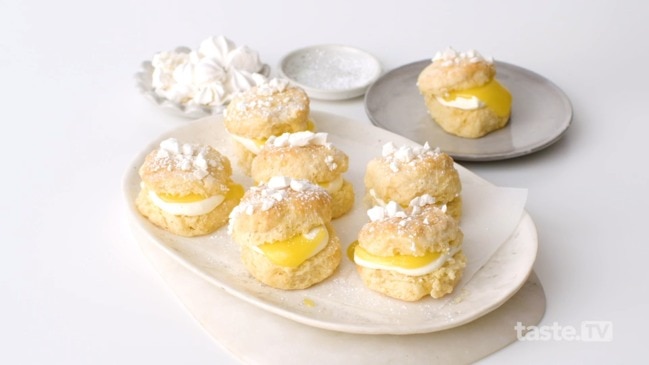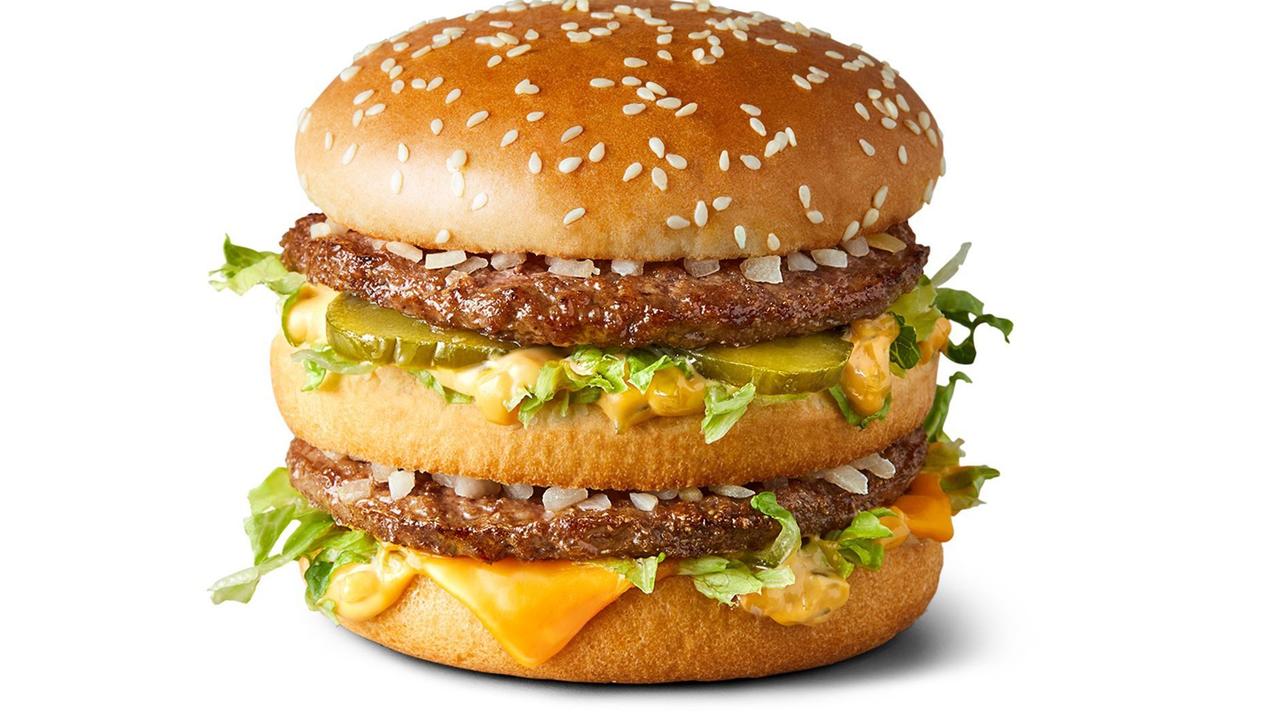Chrissy Freer explains what a healthy lunch should contain
We all know how challenging creating interesting and nutritious lunchboxes can be, so we enlisted expert nutritionist CHRISSY FREE to tell us exactly what to and what not to pack into your kid’s lunchbox.

There are few parenting shames greater than being told the food you packed into your child’s lunchbox doesn’t meet nutritional standards.
But when you’re catering for fussy eaters, packing food they’ll actually eat can be tricky. It’s easy then to fall into the trap of relying on convenience and pre-packaged foods or packing the same thing every day.
What to put in a healthy lunchbox?
Given children consume up to one-third of their total daily food intake at school, packing a nutritious lunchbox is important for their ongoing growth and development. Plus, a healthy lunch and snacks help maintain energy levels throughout the day, essential for both study and play.
There are five essential components of a healthy lunchbox:
Something from each of the five main food groups (see below)
- A piece of fruit or veg for crunch and sip time.
- A water bottle (try freezing to keep lunchbox cool).
- A main item, such as a sandwich, wrap, pasta salad or frittata.
- 1-2 healthy snacks to maintain energy levels throughout the day.
Essential components explained
1: Wholegrains (1-2 serves)
Complex carbohydrates are essential for lasting energy. Choose wholegrains such as wholegrain bread, brown rice, wholemeal pasta, quinoa or couscous. Skip highly processed white bread and crackers.
1 serve = 1 slice whole grain bread, 1/2 bread roll or flat bread, 3 wholegrain crispbreads, 1/2 cup cooked brown rice, pasta, couscous, quinoa
2: Vegetables (1 serve)
Vegetables are rich in vitamins, minerals and antioxidants that are essential for good health and yet most kids are not meeting the recommended serves of veg per day. Try veggie sticks served with hummus or tzatziki, cherry tomatoes, corn on the cob, or steamed broccoli florets that kids can eat with their fingers
1 serve = 1/2 cup cooked vegetables, 1/2 cup salad vegetables, 6-7 cherry tomatoes, 1/2 cob corn
3: Fruit (1/2 -1 serve)
Choose fresh fruit or canned fruit in juice or water (not syrup). Skip fruit juice and dried fruit ‘straps’ or ‘sticks’ as they high in sugar, stick to kid’s teeth and can increase the risk of tooth decay.
1 serve = 1 piece fruit (apple), 2 small mandarins, 1 cup diced or canned fruit
4: Lean meats, poultry, fish, tofu, seeds, eggs, legumes (1/2-1 serve)
Protein helps keep you feeling full. Try leftover shredded chicken from dinner, canned fish, roasted chickpeas, hummus, or boiled eggs. Skip processed meats.
1 serve = 95g can fish, 2 eggs, 65g cooked lean meat, 1 cup legumes, 170g tofu
5: Milk, yoghurt, cheese or alternatives (1/2 – 1 serve)
Essential for building healthy bones and a good source of protein. Ty cheddar cheese cut into cubes, Greek yoghurt topped with fruit or plain milk.
1 serve = 40g cheese, 1 cup milk (cow or fortitfied milk alternative), 200g yoghurt
What to put in our lunchboxes
Healthy lunchbox example 1
Capsicum sticks + 1/2 apple cut into wedges (Crunch and sip)
Greek or natural yoghurt topped with chopped strawberries
Air-popped popcorn
Wholegrain wrap with egg, grated carrot, lettuce
Water
Healthy lunchbox example 2
Fresh strawberries & carrot sticks (Crunch & sip)
Cheese cubes, cherry tomatoes, wholegrain rice crackers
Brown rice sushi with tuna & cucumber
1 small banana
Water
Healthy lunchbox example 3
1 mandarin + broccoli florets (Crunch & sip)
Greek or natural yoghurt topped with pulp 1/2 passionfruit
Roasted chickpeas
Wholemeal pasta salad with chicken, corn & sugar snaps
Water
So now you know what to pack in the lunchbox, here’s what to leave out…
Processed meats: Typically high in sodium, it’s best to avoid processed meats (such as ham and pastrami) or only use occasionally and in small amounts.
Store-bought biscuits: Commercially made biscuits, cakes, chocolates and sweets are all high in sugar, often contain saturated and/or trans fats and usually high in sodium.
Dairy-based desserts: While dairy foods are nutritious and important for growing bones, it is best to leave dairy desserts and flavoured milks out of lunchboxes, as they are high in sugar. Likewise choose natural or Greek yoghurt over flavoured fruit yoghurts and sweeten naturally with fresh fruit. The belief you need to pack a ‘treat’ is common, but treats are best left out of lunchboxes. If you are going to pack a biscuit or cake, home-made is always best.
Fruit juices: Plain water is the best choice drink of choice to ensure children stay hydrated throughout the day. Non-flavoured milk can be included as a snack, but will need to be packed with a freezer pack. Leave all fruit juices, cordial, flavoured milks or soft drink out of lunchboxes.
Sauces: Be careful of high sodium or high sugar sauces such as soy sauce, oyster sauce, sweet chilli sauce. Use sparingly and choose salt-reduced versions (eg salt-reduced soy sauce) when possible.
Nuts: Avoid nuts and foods that may contain nuts.
Need some lunchbox inspiration? Try these:
25 healthier back-to-school muffins
32 healthier lunchbox fillers the kids will actually eat
16 healthier freeze-ahead school lunchbox ideas
For more recipe ideas, go to taste.com.au or check out the Taste Test Kitchen now.
Originally published as Chrissy Freer explains what a healthy lunch should contain


